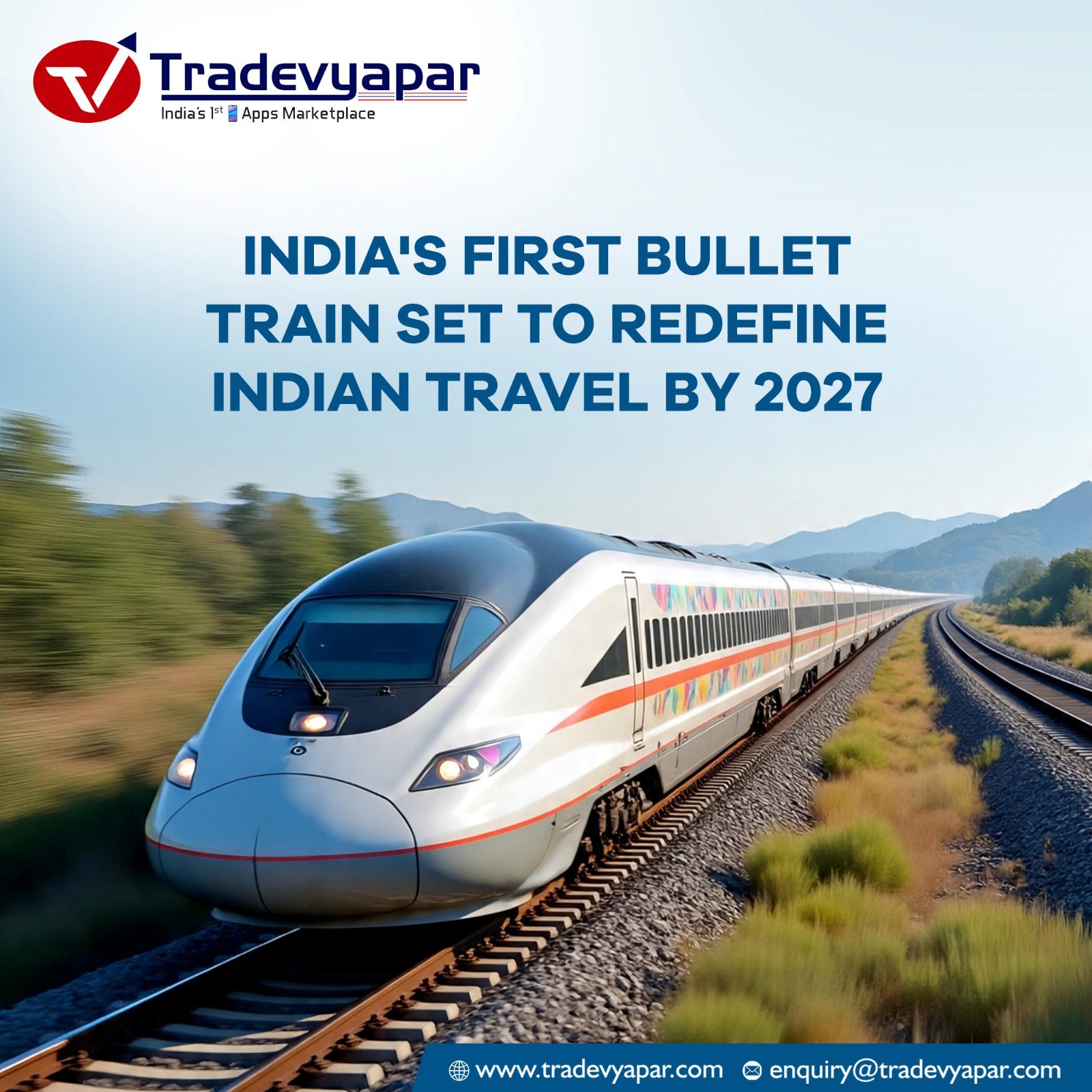Posted By : Admin on 11-10-2025
🚄 India’s First Bullet Train Set to Redefine Indian Travel by
2027
India is gearing up for a historic leap in
transportation. By December 2027, the country’s first-ever bullet train will
officially begin operations on the Mumbai–Ahmedabad High-Speed Rail (MAHSR)
corridor — marking a monumental milestone in India’s infrastructure journey.
This project isn’t just about speed; it’s
about ambition, innovation, and the reshaping of how India travels, works, and
connects.
🚆 The Vision
Stretching across approximately 508
kilometers, the bullet train will connect Mumbai and Ahmedabad, transforming
what was once a 9-hour journey into just about 2 hours and 7 minutes of
ultra-smooth travel. With a design speed of 320 km/h, it will rival Japan’s
iconic Shinkansen system — the very technology India has partnered with to make
this vision a reality.
🏗️ The Progress So Far
The project has already reached remarkable
engineering milestones:
Over 320 kilometers of viaducts and 398
kilometers of piers have been completed.
17 river bridges and 9 major steel bridges
are already in place.
Construction is advancing rapidly on 12
stations across key cities like Mumbai, Thane, Surat, Vadodara, and Ahmedabad.
India’s first undersea tunnel, spanning
nearly 7 kilometers beneath the Arabian Sea, is under construction — a feat
that has captured global attention.
The first operational stretch, between
Surat and Bilimora, is targeted to open by December 2027, with the entire
corridor expected to be completed by December 2029.
🌍 Economic and Strategic
Impact
The Mumbai–Ahmedabad bullet train isn’t
just a transportation project; it’s an economic revolution in motion.
Regional Growth: Cities like Surat,
Vadodara, and Bharuch will be part of a powerful new economic corridor, boosting
commerce, tourism, and employment.
Middle-Class Mobility: The government aims
to keep fares “reasonable,” ensuring that high-speed travel is not limited to
elites but accessible to professionals, families, and daily commuters.
Skill Development: Indian engineers,
technicians, and operators are undergoing advanced training in India and Japan,
setting new benchmarks for railway expertise.
Make in India Momentum: From tunnel boring
machines (TBMs) to bridge segments, much of the infrastructure is being developed
with indigenous technology and workforce.
⚙️
Engineering Marvels
This project is rewriting India’s
engineering playbook.
It features an underground and undersea
tunnel system, dual-track viaducts, and Full Span Launching Methods —
techniques used in some of the world’s most advanced rail projects.
Noise barriers, aerodynamic station
designs, and safety protocols follow Japanese standards, ensuring world-class
efficiency and comfort.
